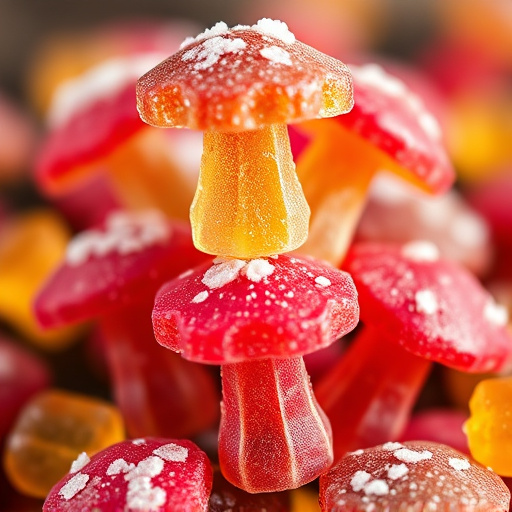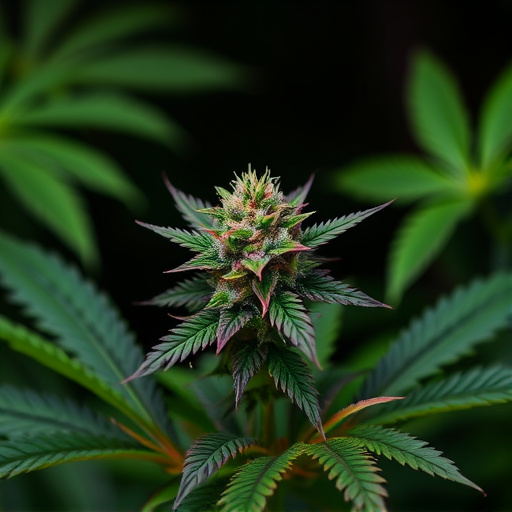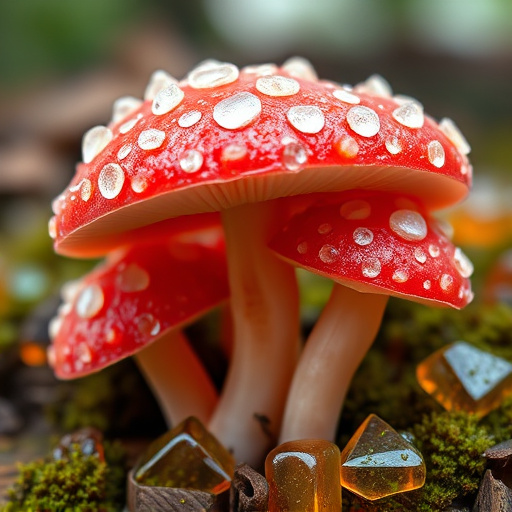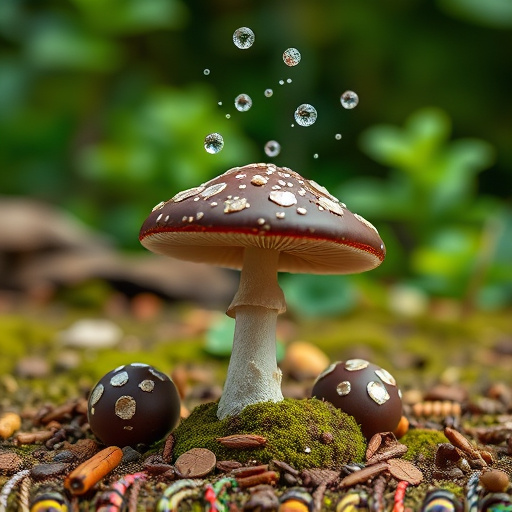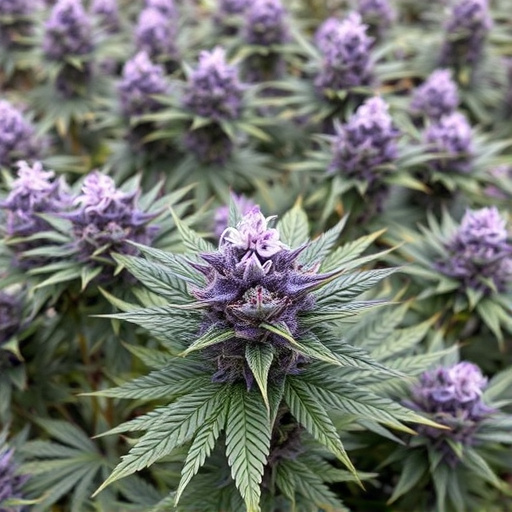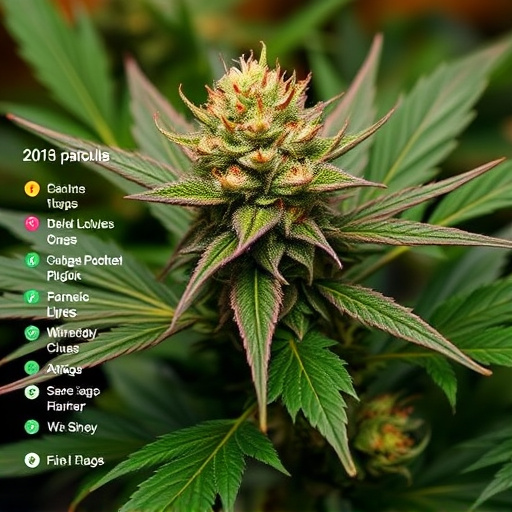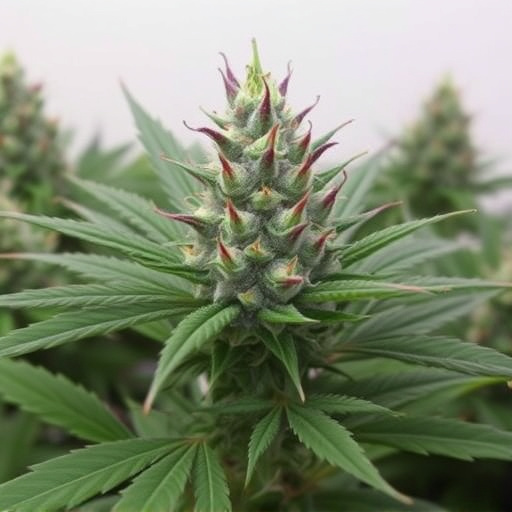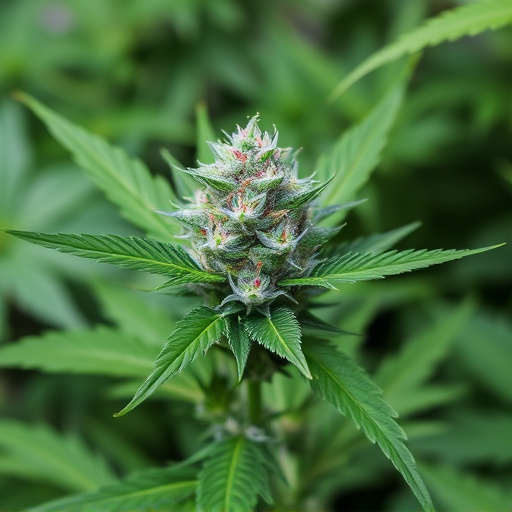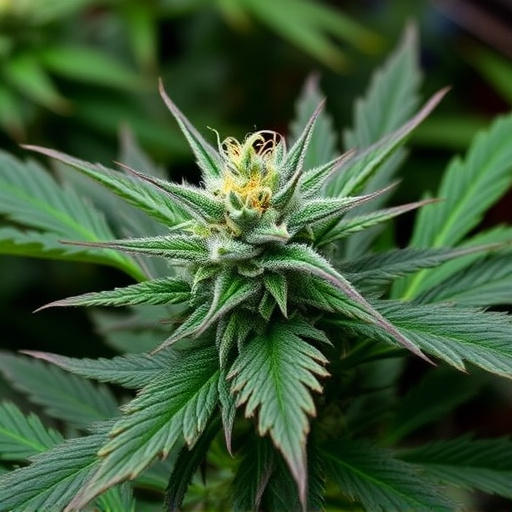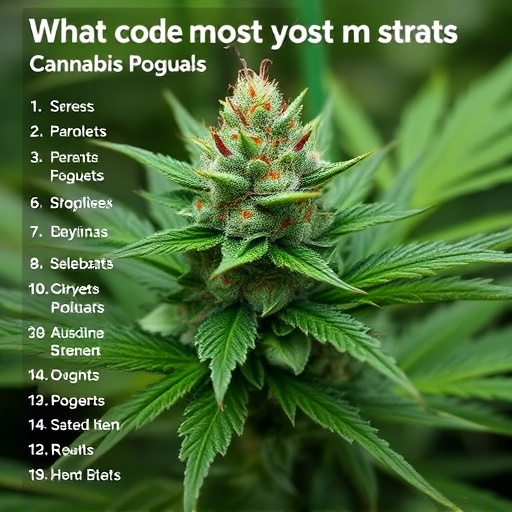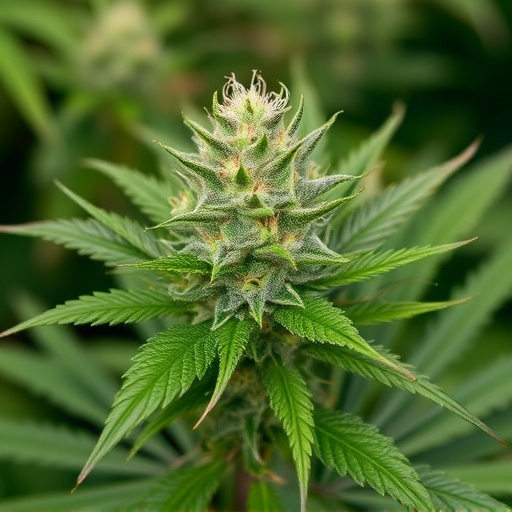Weed enthusiasts face a common issue with dried-out cannabis, caused by improper storage or environmental factors. This affects flavor, aroma, and effects, especially in the most popular cannabis strains. To revive these strains, a meticulous process is required: assess dryness, rehydrate gradually, maintain optimal humidity, shake off excess moisture, ensure proper ventilation, and store airtight in cool, dark places to preserve quality and potency. Understanding these steps is crucial for maximizing cannabis consumption experiences with top strains.
Discover the art of revitalizing dried-out weed with our comprehensive guide. Explore the causes and effects of this common issue, then dive into the top cannabis strains renowned for their resilience. Learn effective restoration techniques with a step-by-step approach, ensuring optimal results. Uncover the secrets to bringing back the vibrancy and potency of your favorite buds, focusing on the most popular cannabis strains for restoration.
- Understanding Dried-Out Weed: Causes and Effects
- Identifying the Most Popular Cannabis Strains for Restoration
- Effective Restoring Techniques: Step-by-Step Guide
Understanding Dried-Out Weed: Causes and Effects

Weed, or cannabis, is a beloved plant among many enthusiasts, especially those who appreciate its diverse strains and therapeutic effects. However, it’s not uncommon for weed to become dried-out and lose its potency over time. Understanding why this happens is crucial in ensuring the quality and effectiveness of your favorite cannabis strains.
Dried-out weed can be attributed to several factors, including improper storage, exposure to light, heat, or moisture, and age. Once cannabis flowers (buds) are harvested, they start to dry naturally, which is an essential part of the curing process. However, if not stored correctly, the drying can accelerate, leading to a significant loss of essential oils, terpenes, and cannabinoids that give each strain its unique characteristics and therapeutic benefits. As a result, dried-out weed may appear crisp, brittle, or even brown, and it often lacks flavor, aroma, and the desired effects associated with the most popular cannabis strains.
Identifying the Most Popular Cannabis Strains for Restoration
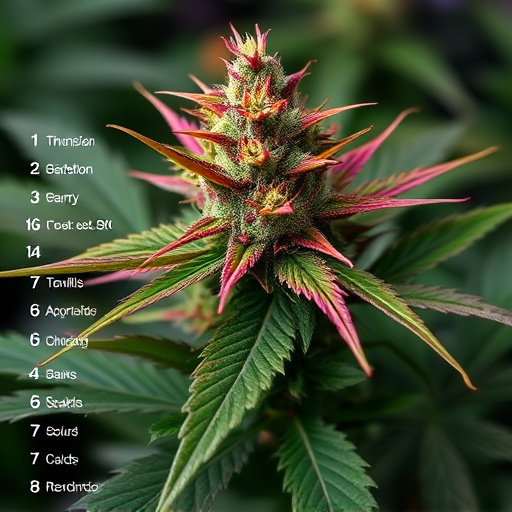
Effective Restoring Techniques: Step-by-Step Guide
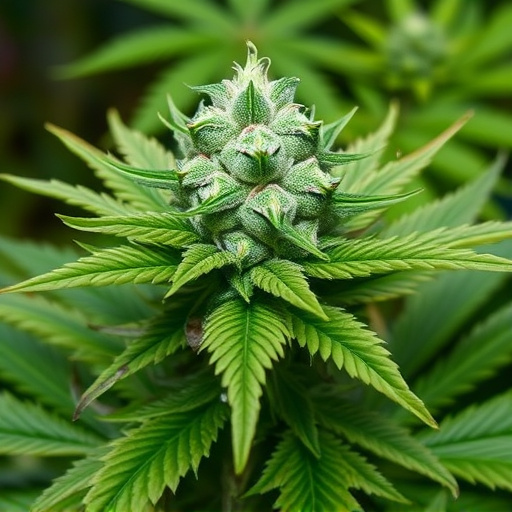
Restoring dried-out weed is an art that can bring back the vibrant green and potent flavors of your favorite cannabis strains. The most popular cannabis strains often benefit from specific care during the drying process to preserve their unique characteristics. Here’s a step-by-step guide for effective restoration:
1. Assess the Damage: Start by examining the extent of dryness. If the weed is extremely brittle and crumbles easily, it may require more intensive treatment. For lighter cases, simple rehydration techniques can be sufficient.
2. Rehydrate Gradually: Place the dried herb in an airtight container with a small amount of high-quality humidity packaging material like silica gel packets or moisture absorbents. Avoid direct contact between the weed and the packaging to prevent contamination. Leave it for 1-3 days, checking periodically to ensure it doesn’t become overly damp.
3. Adjust Humidity: Maintain a consistent humidity level between 50% and 65%. This gentle rehydration process helps restore the herb’s flexibility without compromising its potency or scent.
4. Aerate Properly: After rehydration, gently shake or brush off any excess moisture. Ensure proper airflow to prevent mold or mildew growth. A well-ventilated area or a fan can help accelerate this step.
5. Store Securely: Once the weed has reached the desired level of hydration, transfer it into an airtight container designed for herb storage. Keep it in a cool, dark place to preserve its quality and potency.
Restoring dried-out weed is a feasible process, especially with the right knowledge and techniques. By understanding the causes and effects of this issue, you can effectively identify the best cannabis strains for restoration and employ successful methods to revive your plants. The most popular cannabis strains often have robust resilience, making them ideal candidates for recovery. Following a step-by-step guide ensures optimal results, allowing you to enjoy healthy, vibrant plants once again.
